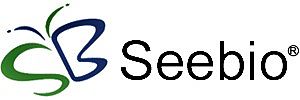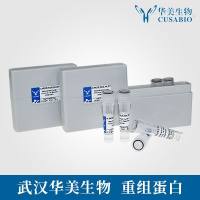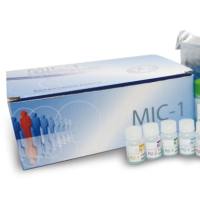Overview of Immunocytochemical Approaches to the Differential Diagnosis of Tumors
互联网
|
Table 1 Pathology Preparations for Immunocytochemistry a |
||
|
Source |
Preparation |
Fixation |
|
Tissue |
Paraffin-embedded |
Formalin, ethanol, B5, |
|
block |
Bouin’s, or Carnoy’s |
|
|
Frozen sections |
Air-dried-acetone |
|
|
Cytologic fine needle |
Smear/filter |
Ethanol |
|
aspirates, brush, wash, |
Cytospin |
Air-dried-acetone |
|
body fluids |
Cell block |
Formalin or ethanol |
|
Sputum/gynecologic PAP |
Smear |
Ethanol with detergent |
|
smear |
||
|
Imprints (touch preps), |
Smear |
Ethanol or air-dried-acetone |
|
squash preps, scrape preps |
||
|
a Sources of specimens, the type of preparation, and the fixation needed for immunocytochem- |
||
|
istry. Almost any type of specimen preparation or fixative can be used. The gentlest fixation is |
||
|
air-dried-acetone, which consists of first air-drying the slide followed by a brief acetone |
||
|
postfixation (see Chapters 9-12). |









